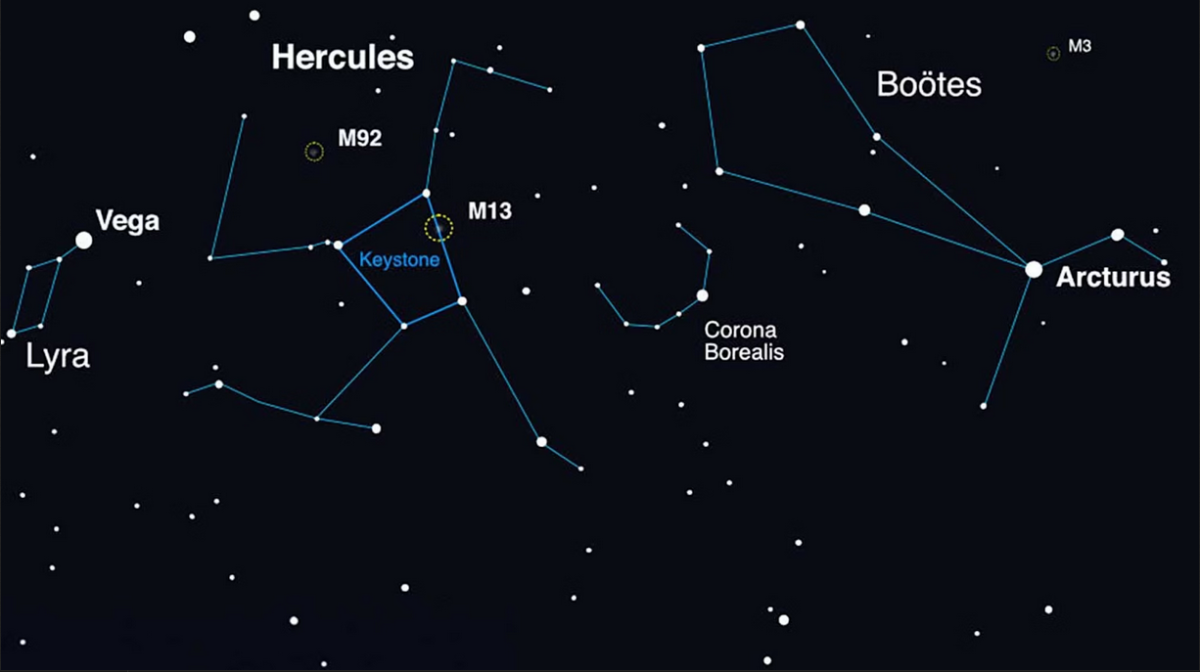Later this year, a historic astronomical event will occur that will lighten the sky. This event is called a nova, not to be mistaken for the similar astronomical event supernova. Both are similar when it comes to the buildup and the actual event, but they differ in the result.
When a star lives its life, it uses the fuel stored in its core to create the light being emitted. Slowly the star will start expanding as the fuel is being used to a point where it cannot support itself anymore and the remaining fuel cannot support it to live on.
The star will then collapse on itself, emitting light in a spectacular fashion. This is where the difference between a nova and supernova happens. In a nova the star collapses slowly where at the end of it the star in some way still exists just in the form of a neutron star or black hole. A supernova is the opposite, meaning the star collapses and is destroyed in its entirety in one explosion.
Despite this only being a nova, the light produced will still be visible to the naked eye (depending on location) and will linger for a few weeks. The star naturally has an apparent magnitude of about +10 where the larger the value the dimmer it is to the human eye. This apparent magnitude will increase to about +2 during the duration of the nova.
The location of the nova is T Coronae Borealis, and this star can be spotted between the Hercules and Boötes constellations in the northern hemisphere.
T Coronae Borealis is approximated to be around 3,000 light years away from Earth, meaning that the light from the nova that will be observable was produced from the explosion 3,000 years ago. The actual nova happened in about 976 B.C. To put that in perspective Galileo observed Jupiter and discovered its moon in 1610 A.D and the star in question, T Coronae Borealis, was discovered and documented in 1866.
With the lunar eclipse and the spotting of the Devil Comet paired with this spectacular historical event, 2024 has shaped up to be a rich year for astronomical events.
Astronomical Event to Light Up Sky
1




